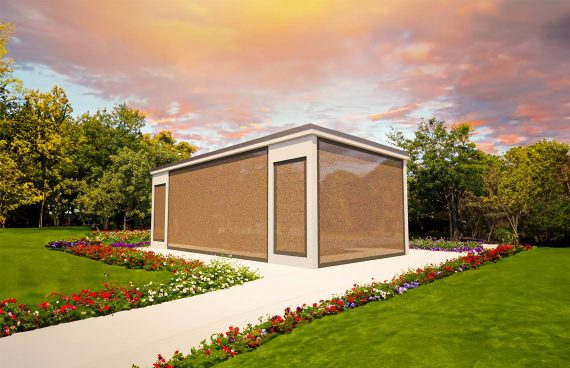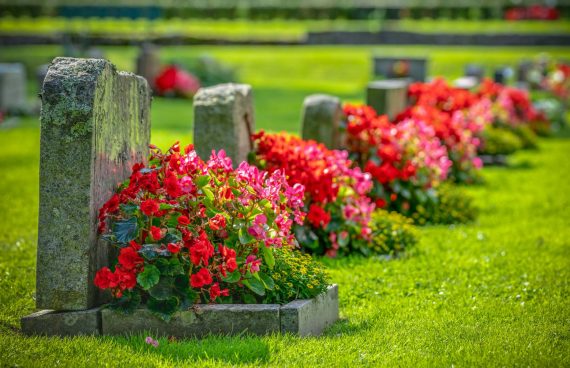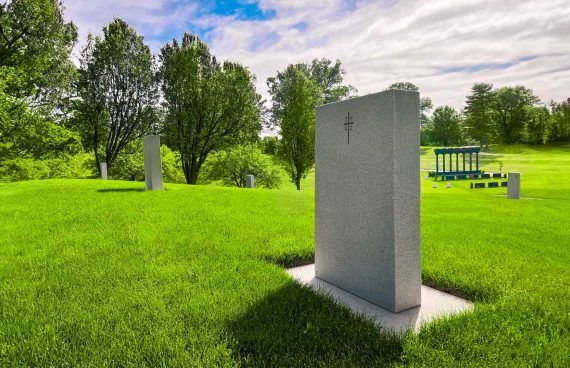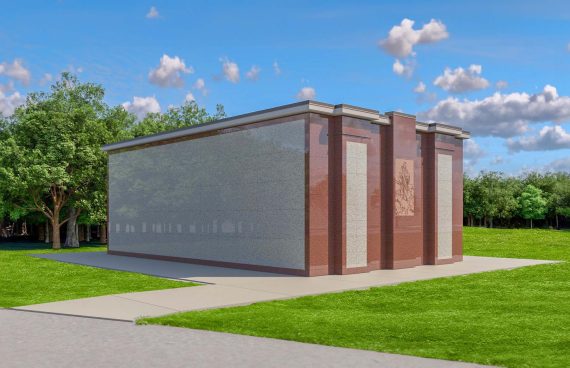Difference between natural and green burials
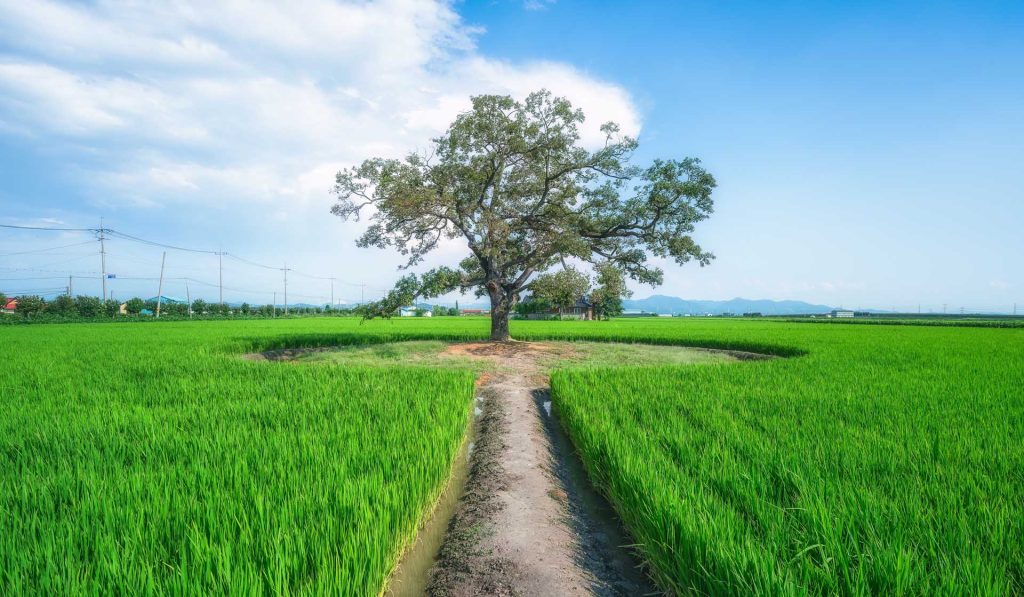
Many people confuse natural burials with green burials, assuming they are the same. While they share similarities, there are important distinctions. Here’s what you need to know to make an informed choice for yourself or a loved one.
What is a natural burial?
A natural burial aims to allow the deceased’s remains to decompose naturally, often driven by religious or spiritual beliefs. For example, in Judaism, natural burial is preferred due to its alignment with religious rites. Natural burials typically avoid the use of embalming chemicals, unlike traditional burials where embalming is common.
Caskets in natural burials are usually made from biodegradable materials like simple pine or, in some cases, the body may be wrapped in a shroud without a casket. Additionally, natural burials do not use cement vaults, which are common in traditional burials. This approach has a smaller environmental impact, making it appealing to those who are environmentally conscious.
What is a green burial?
Green burials focus on minimizing the environmental impact of the burial process. Like natural burials, green burials avoid embalming, use biodegradable caskets or shrouds, and do not include cement vaults.
Choosing between natural and green burial
When deciding between a natural burial and a green burial, consider your priorities:
- Environmental impact: If your primary concern is environmental sustainability, a green burial with options like tree pods might be ideal.
- Affordability: If budget is a key factor, a natural burial offers a more cost-effective solution while still being environmentally friendly.
If you need assistance choosing the right burial option or have questions about funeral planning, contact us at 844-808-3310 or visit one of our locations to speak with our memorial planning experts.








 Use current location
Use current location




